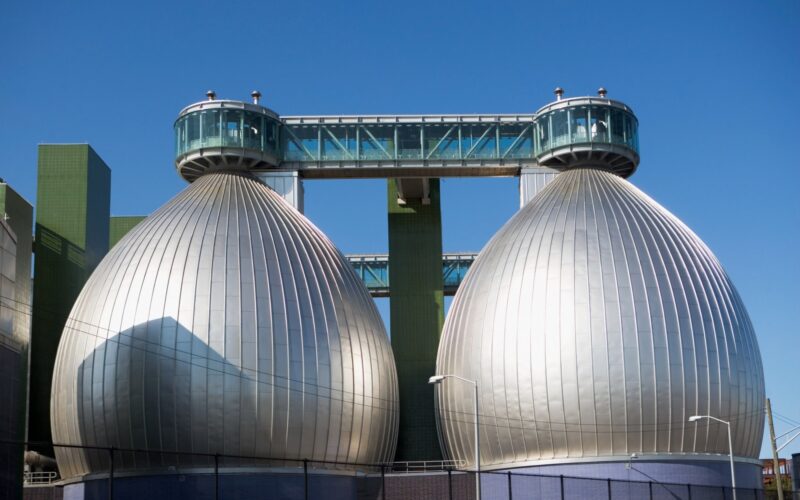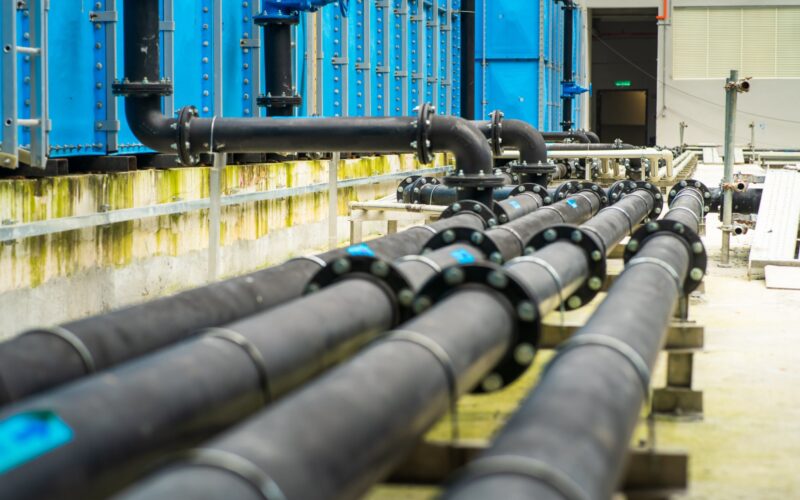

Anaerobic Wastewater Treatment
Anaerobic wastewater treatment is an effective and sustainable method used to treat wastewater containing high organic content. This process harnesses the power of anaerobic microorganisms to break down organic matter, producing biogas and leaving behind treated water.
Optimizing Anaerobic Wastewater Treatment
The anaerobic wastewater treatment process begins with the collection and transfer of wastewater to an anaerobic reactor. This reactor is designed to create an oxygen-free environment, allowing anaerobic microorganisms to thrive. The wastewater is introduced into the reactor, where it undergoes a series of biological and chemical reactions.
Inside the anaerobic reactor, various types of anaerobic microorganisms, such as bacteria and archaea, work together in a complex ecosystem. These microorganisms utilize the organic compounds present in the wastewater as a food source. Through a process called hydrolysis, complex organic matter is broken down into simpler compounds, including volatile fatty acids.
The next stage of the process is acidogenesis, where the volatile fatty acids are further converted into simpler organic acids and alcohols. This step is crucial as it prepares the organic matter for the final stage of anaerobic digestion.
During the final stage, called methanogenesis, the simpler organic acids and alcohols are transformed by specialized microorganisms into methane gas (CH4) and carbon dioxide (CO2). This biogas, also known as anaerobic digestate, is a valuable byproduct of the anaerobic wastewater treatment process. It can be captured, stored, and utilized as a renewable energy source.
As the microorganisms metabolize the organic matter, the treated water gradually separates from the solids. The treated water, which has undergone significant organic matter removal, exits the reactor and undergoes additional treatment processes, such as clarification and disinfection, to meet the required effluent quality standards. This treated water can then be safely discharged into the environment or reused for various non-potable purposes.


The solids remaining in the reactor, known as anaerobic sludge, undergo further stabilization processes to enhance the biogas production. This sludge can be recycled back into the reactor to maintain the microbial population and sustain the anaerobic digestion process. Alternatively, excess sludge can be removed from the system for further treatment, such as dewatering and composting.
Anaerobic wastewater treatment offers several advantages over aerobic treatment methods. It requires less energy input since it does not rely on the continuous supply of oxygen. The production of biogas as a renewable energy source contributes to the sustainability of the treatment process. Additionally, anaerobic treatment is well-suited for high-strength wastewater, such as those generated by industries like food processing, breweries, and pulp and paper mills.
With Probiosphere’s expertise in microbiology, engineering, and biotechnology, we design and implement anaerobic wastewater treatment systems tailored to your specific needs. We also provide important consortia of microbes such as Archaea and Syntroph Oxydation Bacteria for the optimization of methane production in already working digesters. Our team works closely with clients to assess your wastewater characteristics, determine the appropriate reactor design, and optimize the process parameters for efficient treatment. We prioritize sustainable practices and aim to minimize the environmental impact while delivering effective solutions for wastewater treatment.
Let’s Work Together
At Probiosphere, we believe in the power of collaboration to drive meaningful change. Join us in our mission to create a sustainable future by working together. Whether you are a municipality, a business, or an organization facing environmental challenges, we offer tailored biotechnology remediation solutions to address your specific needs. Together, we can design and implement innovative solutions that not only mitigate environmental impacts but also contribute to lower carbon footprints and promote eco-friendly practices